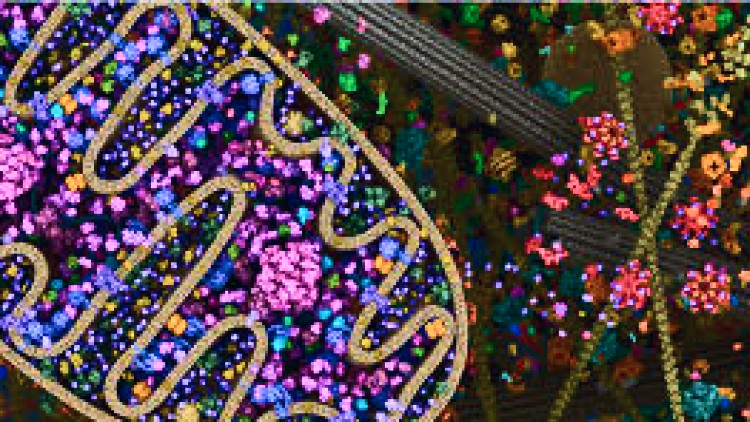
Glycolysis Pathway for ATP production. Enzymes Involved during the process.
What you will learn
Biology Respiration
Glycolysis and ATP synthesis
Enzyme PFK-1 & PFK-2
Complete Glycolysis and MCQ Questions on Glycolysis
Kreb’s Cycle
Description
The NEW course with everything you need to know about Respiration in Plants | Glycolysis and learn deep understanding of Glycolysis is the process in which glucose is broken down to produce energy. It produces two molecules of pyruvate, ATP, NADH and water. The process takes place in the cytoplasm of a cell and does not require oxygen. It occurs in both aerobic and anaerobic organisms.
Glycolysis has ten steps, and depending on your interests—and the classes you’re taking—you may want to know the details of all of them. However, you may also be looking for a greatest hits version of glycolysis, something that highlights the key steps and principles without tracing the fate of every single atom. Let’s start with a simplified version of the pathway that does just that.
In organisms that perform cellular respiration, glycolysis is the first stage of this process. However, glycolysis doesn’t require oxygen, and many anaerobic organisms—organisms that do not use oxygen—also have this pathway.
Suppose that we gave one molecule of glucose to you and one molecule of glucose to Lactobacillus acidophilus—the friendly bacterium that turns milk into yogurt. What would you and the bacterium do with your respective glucose molecules?
Glycolysis has ten steps, and depending on your interests—and the classes you’re taking—you may want to know the details of all of them. However, you may also be looking for a greatest hits version of glycolysis, something that highlights the key steps and principles without tracing the fate of every single atom. Let’s start with a simplified version of the pathway that does just that.